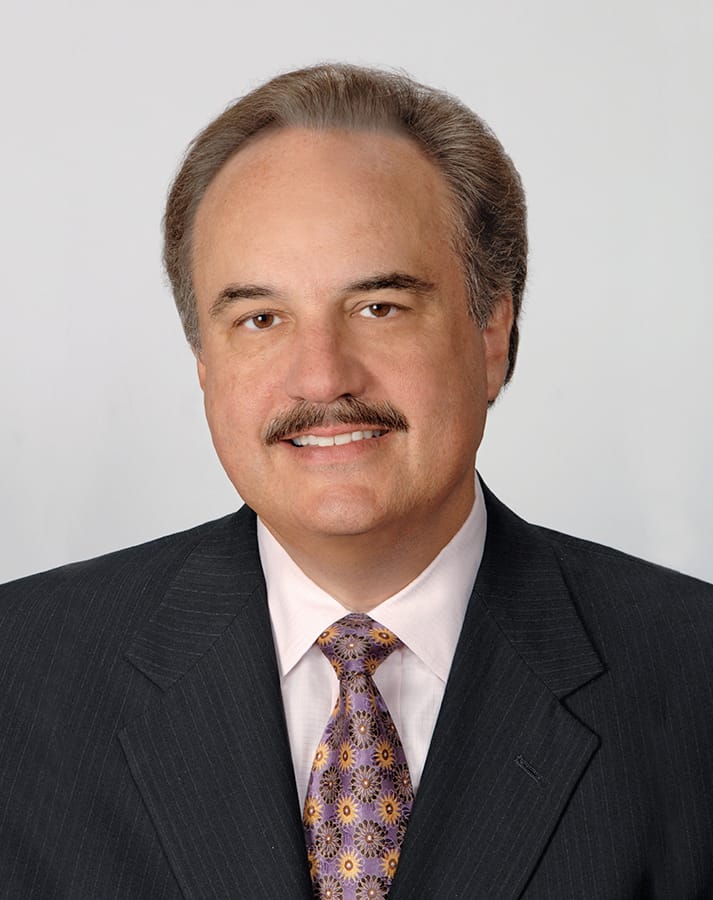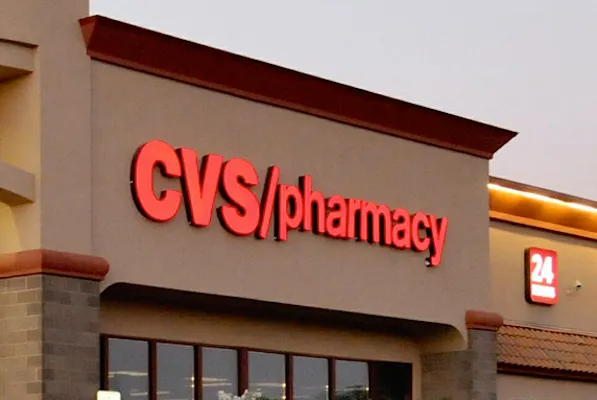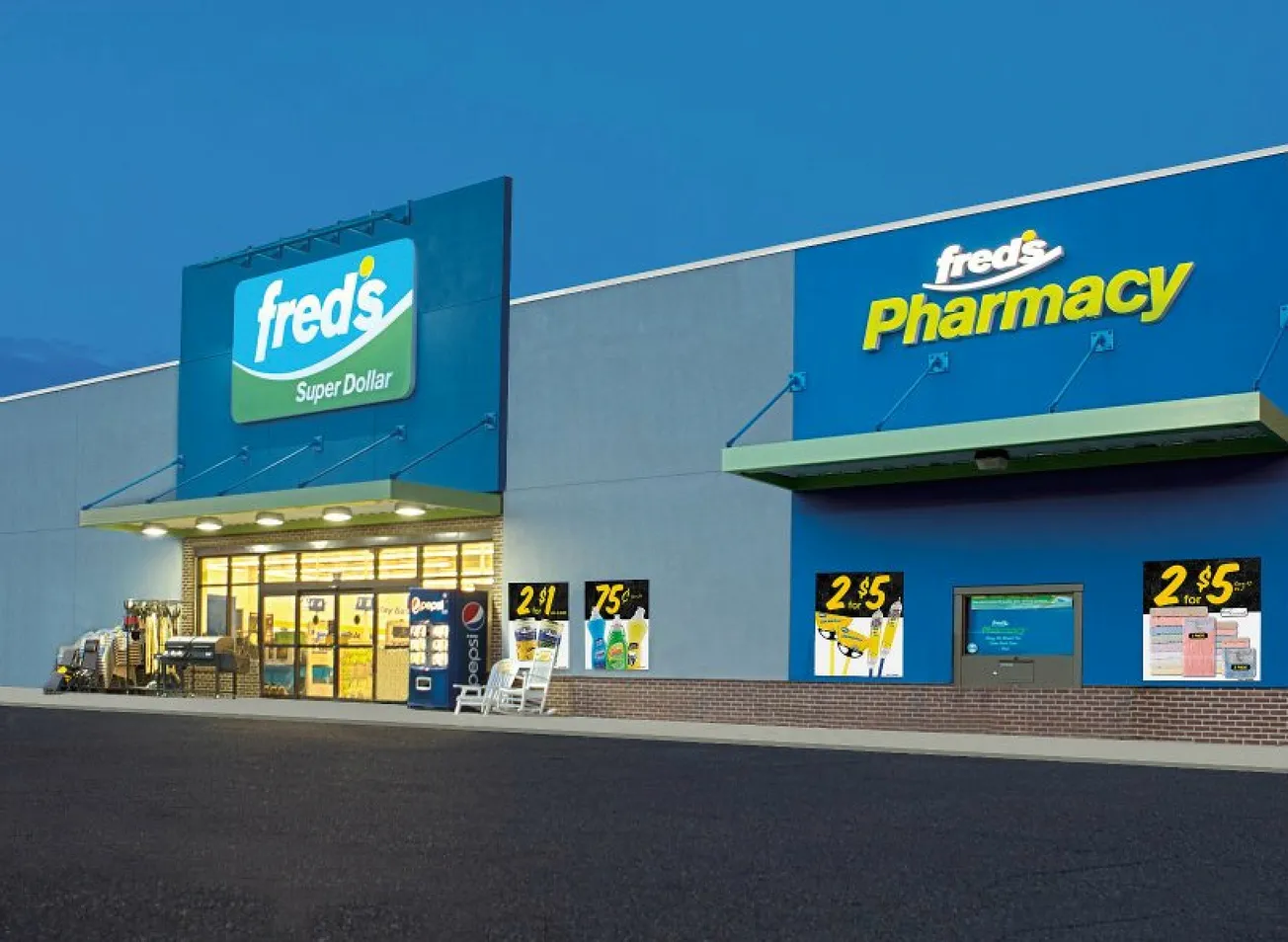
Larry Merlo
WOONSOCKET, R.I. — CVS Health will debut new concept stores early next year, said president and chief executive officer Larry Merlo.
He said the company envisioned “a hub-and-spoke concept” with health hubs in a set number of outlets in a given market and the balance of the stores having core offerings that would serve as a referral source to the hubs. “From a bricks-and-mortar perspective, I think we have the assets to create that local presence in communities across the country. And let’s not forget about the role that digital plays or the fact that we’re going to have almost 40,000 health care professionals … within a few miles of where people live. So we can come to them at their doorsteps.”
The stores’ services will draw on new capabilities from the merger of CVS and Aetna, which is expected to close by Thanksgiving. Following approval from the Department of Justice last month, the merger had been cleared in early November in 23 of the 28 states where it needed to be OK’d, including Connecticut, the lead regulator.
“Both CVS and Aetna are passionate about revolutionizing the consumer health care experience,” Merlo said in a conference call discussing the company’s third quarter results. He said the concept stores will feature “new services to better address the cost-quality-access challenges of consumers and identify the most effective and scalable solutions, so they can be rolled out more broadly across our footprint.”
CVS and Aetna are targeting substantial savings through products and services, he commented. One example is improved management of five common chronic conditions: diabetes, cardiovascular disease, hypertension, asthma and behavioral health problems. “We’ll accomplish this by building upon our near-term medical cost savings through the tighter integration of pharmacy and medical claims, the rich clinical data set we will have, along with our community assets.”
The merged company will also optimize and extend primary care by expanding the scope of services at MinuteClinic to help with early identification and ongoing management of chronic disease. And programs and services linking Aetna’s clinical programs with CVS’ community presence will reduce avoidable hospital readmissions by better supporting patients during and after discharge. Also in the works are comprehensive programs to better manage cancer and complex chronic conditions such as kidney disease where the goal is to reduce hospitalizations and delay the progression of the disease. “Our objective is to align provider incentives to focus on quality and outcomes, while enhancing patient support,” Merlo said.
“Importantly, our solutions will be accessible through a broad range of channels from local community-based assets, to virtual and digital solutions, all coordinated across the member’s journey in order to simplify the process. And we will make these solutions available not only to our Aetna clients and their members, but also to the wide array of health care partners we work with today through an open platform model. Remaking the consumer experience will be an increasingly important competitive differentiator, and we are hard at work creating a plan to differentiate CVS Health in these patient journeys with the goal of making them simpler and more personalized, while making care more accessible.”
More specifics will be announced after the two companies’ integration teams start “the real groundbreaking work,” he said. The teams’ immediate priorities fall into two broad categories: delivering on the deal’s stated goal for year-two synergies, and executing on the foundational pieces of the new health care model to achieve longer-term growth and value creation.
“Today, we have a clear line of sight into year-two synergies that now exceed our original $750 million goal by just combining our existing assets and capabilities,” Merlo remarked. “The majority of these synergies will be derived from the reduction of corporate expenses and the integration of our operations, along with some reductions in medical costs. We plan to accomplish the latter through actions that increase adherence to prescription regimens and close gaps in care, along with programs that optimize the site of care either to reduce unnecessary emergency room visits or move expensive therapies such as infusion to lower-cost sites of care.” Longer-term medical cost savings will come from programs only possible through the combination and close integration of the two companies, he said.
With the year-two synergy plan largely complete, “we’ve developed a foundational plan that will benefit post-close from a deeper dive into Aetna’s strategies and operations, leading to longer-term value creation,” he said.









